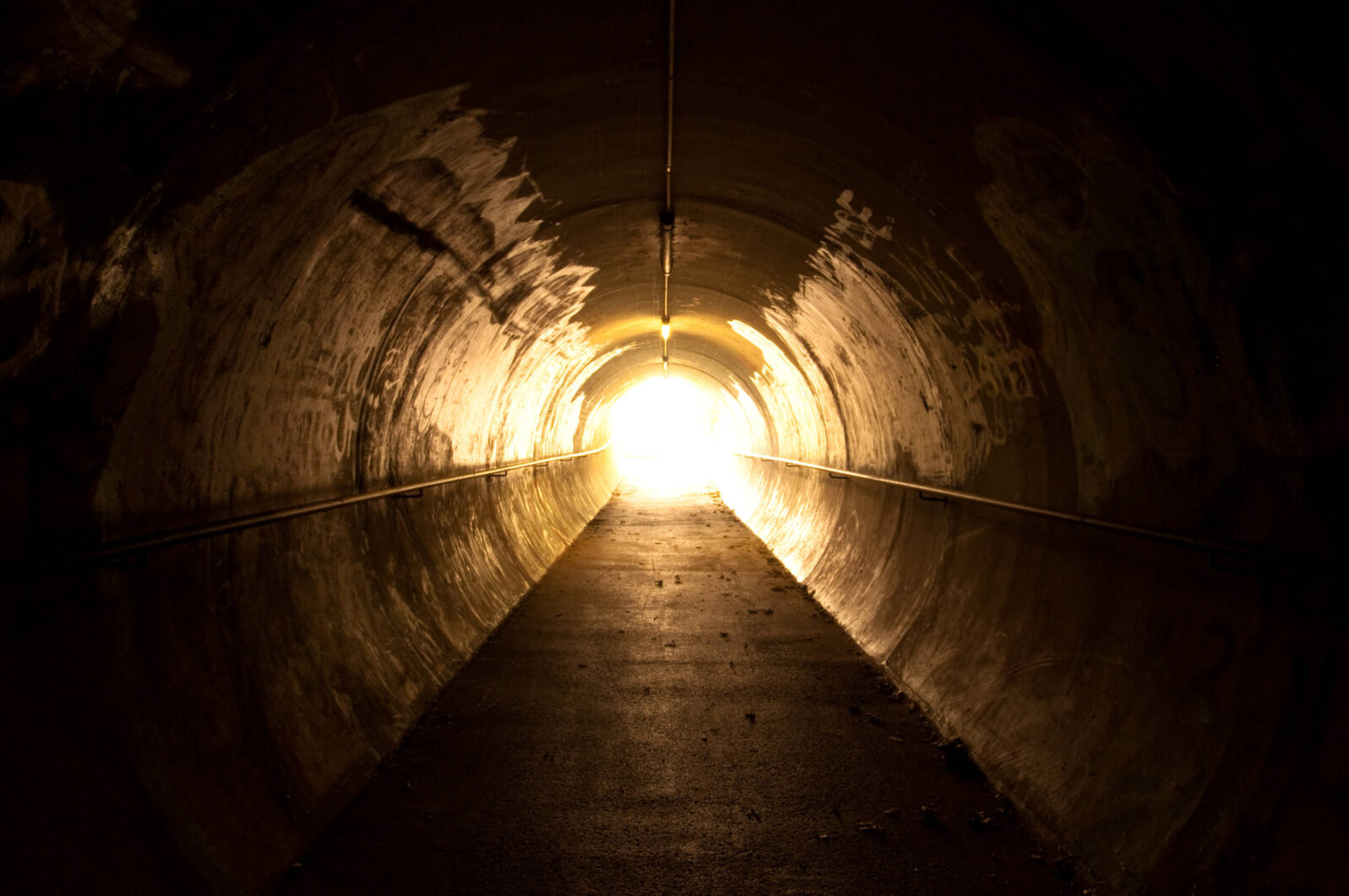Study: 1 in 5 Cardiac Patients May Have Near-Death Experience
The researchers found spikes of brain activity, including so-called gamma, delta, theta, alpha, and beta waves up to an hour into CPRRecent research shows that one in five people who survive cardiopulmonary resuscitation (CPR) after a heart attack ‘may describe lucid experiences of death that occurred while they were seemingly unconscious and on the brink of death”:
Led by researchers at NYU Grossman School of Medicine and elsewhere, the study involved 567 men and women whose hearts stopped beating while hospitalized and who received CPR between May 2017 and March 2020 in the United States and United Kingdom. Despite immediate treatment, fewer than 10% recovered sufficiently to be discharged from hospital.
Survivors reported having unique lucid experiences, including a perception of separation from the body, observing events without pain or distress, and a meaningful evaluation of life, including of their actions, intentions and thoughts toward others. The researchers found these experiences of death to be different from hallucinations, delusions, illusions, dreams or CPR-induced consciousness.
NYU Grossman School of Medicine and NYU Langone Health, “Lucid Dying: Patients Recall Death Experiences During CPR” at Cision PR Newswire (November 6, 2022)

The study was for presentation at the American Heart Association conference in Chicago, November 6:
Tests for hidden brain activity were also included in the research. A key finding was the discovery of spikes of brain activity, including so-called gamma, delta, theta, alpha, and beta waves up to an hour into CPR. Some of these brain waves normally occur when people are conscious and performing higher mental functions, including thinking, memory retrieval, and conscious perception.
“These recalled experiences and brain wave changes may be the first signs of the so-called near-death experience, and we have captured them for the first time in a large study,” says Sam Parnia, MD, PhD, the lead study investigator and an intensive care physician, who is also an associate professor in the Department of Medicine at NYU Langone Health, as well as the organization’s director of critical care and resuscitation research.“ Our results offer evidence that while on the brink of death and in a coma, people undergo a unique inner conscious experience, including awareness without distress.”
NYU Langone Health and NYU Grossman School of Medicine, “Lucid Dying: Patients Recall Near-Death Experiences During CPR While They Were Seemingly Unconscious” at SciTech Daily (November 6, 2022)
Back in 2012, neuroscientist Mario Beauregard surveyed important NDE findings to date:
These findings strongly challenge the mainstream neuroscientific view that mind and consciousness result solely from brain activity. As we have seen, such a view fails to account for how NDErs can experience—while their hearts are stopped—vivid and complex thoughts and acquire veridical information about objects or events remote from their bodies.
Mario Beauregard, “Near death, explained” at Salon (April 21, 2012)
Among many other observations, he notes,
Although the details differ, NDEs are characterized by a number of core features. Perhaps the most vivid is the OBE: the sense of having left one’s body and of watching events going on around one’s body or, occasionally, at some distant physical location. During OBEs, near-death experiencers (NDErs) are often astonished to discover that they have retained consciousness, perception, lucid thinking, memory, emotions, and their sense of personal identity. If anything, these processes are heightened: Thinking is vivid; hearing is sharp; and vision can extend to 360 degrees. NDErs claim that without physical bodies, they are able to penetrate through walls and doors and project themselves wherever they want. They frequently report the ability to read people’s thoughts.
Mario Beauregard, “Near death, explained” at Salon (April 21, 2012)
What’s significant here is that traumas do not generally sharpen the mind so NDEs are unlikely to be simply the result of trauma to the brain.
Beauregard is the author of Brain Wars: The Scientific Battle Over the Existence of the Mind and the Proof that Will Change the Way We Live Our Lives (Harper One, 2012) and of The Spiritual Brain (2007) — of which I was co-author.
Atheist neuroscientist Steven Novella remains a skeptic:
NDEs are likely just what the brain does in about 20% of cases during CPR. That is the simplest explanation of all the data. Trying to tease meaning out of the details of the experiences themselves is a slippery endeavor. Those memories are highly contaminated by the time they are reported, by nothing else than the culture in which they occur. Most people now know what an NDE is supposed to be like, just like they know what an alien abduction is supposed to be like. This means that subjective reporting has to be taken with a grain of salt. What we need is hard evidence, and the hard evidence points to a brain phenomenon.
Steven Novella, “AWARE-II Near Death Experience Study” at Neurologicablog (November 7, 2022)
One senses, somehow, that for Dr. Novella, “hard evidence” means a brain phenomenon. Evidence pointing to anything else would, by definition, not be hard evidence…
It’s helpful to keep in mind that it has only been in recent decades that we have been able to bring people back from various stages of death. It’s early days yet for the gathering of data but what we have so f ar suggests that something is going on with respect to the mind vs. the brain.
You may also wish to read: Agnostic psychiatrist says near-death experiences are real. For example, for Big Think, he cites cases where the clinically dead experiencer encounters a deceased individual who was not known to have died at the time.
Bruce Greyson started out trying to explain NDEs away but, as in this series of short vids, ended up bringing a science-based approach to their study.
